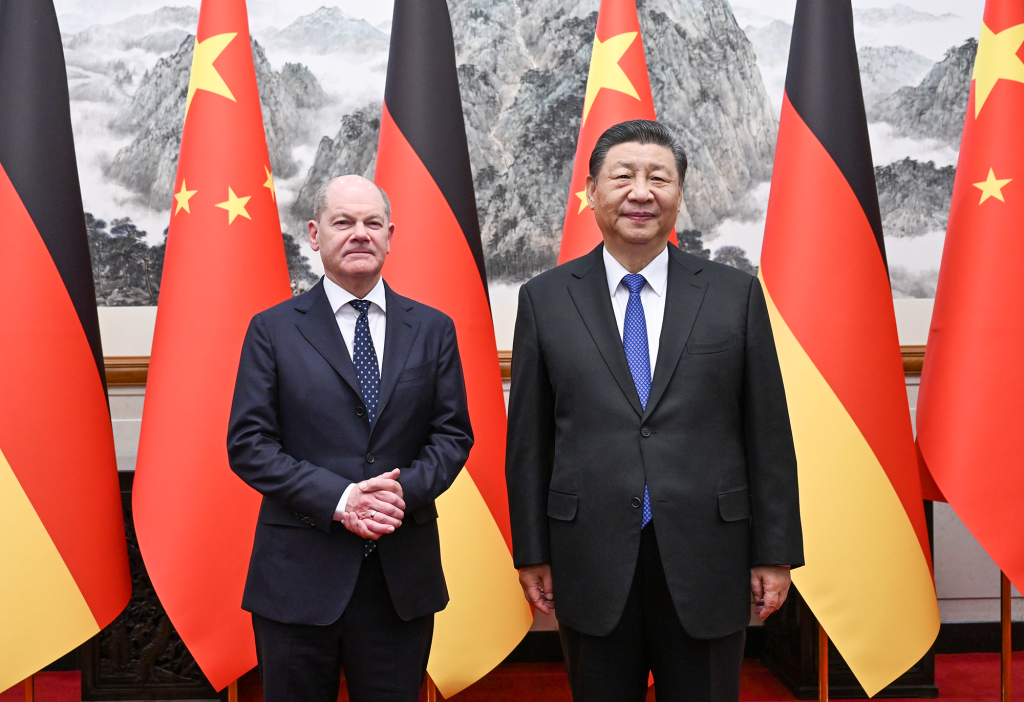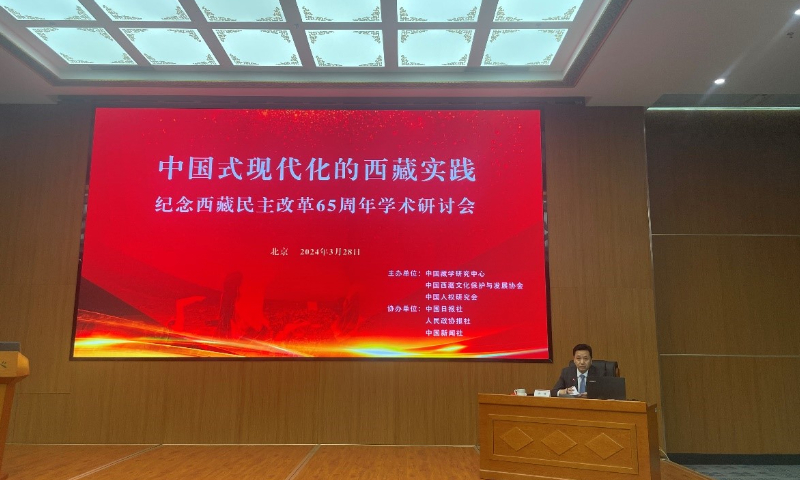Update: History and people will remember this regressive action by US: Chinese FM on US veto of Palestine’s full membership to UN

China is very disappointed with the US decision, emphasizing that the urgency of accepting Palestine as a full member of the UN is now more apparent than ever. China will continue its efforts and play a constructive role to ensure that Palestine enjoys the same rights as all other UN member states, said China's permanent representative to the UN, following the US veto of Palestine's request for full UN membership.
The US stopped the UN from recognizing a Palestinian state by casting a veto in the Security Council on Thursday to deny Palestinians full membership of the world body, Reuters reported.
It vetoed a draft resolution recommending to the 193-member UN General Assembly that "the State of Palestine be admitted to membership" of the UN. Britain and Switzerland abstained, while the remaining 12 council members voted yes, according to the media report.
"Today is a saddening day. The application for Palestine to become a full member of the UN was rejected due to a US veto, crushing the decades-long dreams of the Palestinian people. China is profoundly disappointed with the US decision," said Fu Cong, China's permanent representative to the UN.
Independence has been the enduring aspiration of the Palestinian people for generations, and becoming a full UN member is a crucial step in this historical process, Fu noted.
Palestine submitted its application as early as 2011, but due to opposition from certain countries, action by the Security Council was postponed. 13 years have already been long enough, yet these countries still complain that there is not enough time and that action should not be rushed. This argument is insincere. "Now, more than ever, the urgency of accepting Palestine as a full member of the UN is apparent," Fu said.
Deputy US Ambassador to the UN Robert Wood told the council that the US continues to strongly support a two-state solution. This vote does not reflect opposition to Palestinian statehood, but instead is an acknowledgment that it will only come from direct negotiations between the parties, according to the media report.
Certain countries do not support Palestine's membership, claiming that it lacks the capacity to govern a state, a position we cannot agree with, the Chinese diplomat said.
Over the past 13 years, there have been many changes in the situation in Palestine, the most fundamental being the continuous expansion of settlements in the West Bank, which increasingly compresses the living space of Palestine as a nation, eroding the foundation of the two-state solution.
These countries turn a blind eye, adopting an attitude of tacit approval or even encouragement, and now they question Palestine's governance capabilities, which is nothing but a distortion of facts and logic, Fu said.
What is even more unacceptable is that these countries also question whether Palestine meets the qualifications for UN membership as outlined in the UN Charter, implying doubts about Palestine's commitment to peace, Fu noted.
Such accusations are excessively harsh and amount to "pouring salt on the wounds of the Palestinian people," who suffer under occupation—an enormous insult, he said. If opposing Palestine's membership for political reasons, it would be more honest to state this directly rather than using excuses to inflict further harm on the Palestinian people.
The Palestinian Authority President, Mahmoud Abbas, sharply criticized the US veto, saying in a statement that it was "unfair, immoral, and unjustified, and defies the will of the international community, which strongly supports the State of Palestine obtaining full membership in the UN," CNN reported.
The right of the Palestinian people to statehood is an inalienable national right, beyond dispute and not for trade. Insisting that direct negotiations between Israel and Palestine are a precondition, and claiming that UN membership for Palestine can only be the result of negotiations, are putting the cart before the horse, Fu said.
As Israel increasingly rejects the two-state solution, admitting Palestine as a full member state of the UN would provide it with equal status to Israel and help facilitate the resumption of negotiations. All countries genuinely supporting the two-state solution should not oppose Palestine's full membership in the UN, the Chinese diplomat said.
"We believe that one day, Palestine will enjoy the same rights as all other UN member states, living peacefully alongside Israel as a neighbor. Both the Palestinian and Israeli people will lead secure and happy lives. To hasten this day, China will continue its unremitting efforts and play a constructive role," Fu said.
"History and the peoples of the world will remember this regressive action by the US," Chinese Foreign Ministry spokesperson Lin Jian said on Friday commenting on the US veto.
Despite the US veto, the urgent regional demand for an immediate ceasefire cannot be denied, the basic needs of Gazan civilians for humanitarian aid cannot be denied, and the international community's widespread desire for a just and lasting resolution of the Palestinian issue cannot be denied, the spokesperson said.
Lin further stated that the international community should fully implement the relevant resolutions of the UN General Assembly and Security Council, fully respect the will of the Palestinian people, return to the correct track of the two-state solution, and promptly establish an independent Palestinian state.
Only in this way can peaceful coexistence between Palestine and Israel be achieved, harmony between the Arab and Jewish peoples be fostered, and lasting peace in the Middle East be realized, the spokesperson added.
China has always stood on the side of peace, justice, and conscience in the Palestinian issue. We firmly support Palestine becoming a full member of the UN and will continue to work with relevant parties to quell the fires in Gaza at an early date, alleviate the humanitarian situation, promote the implementation of the two-state solution, and play a constructive role, the spokesperson added.








